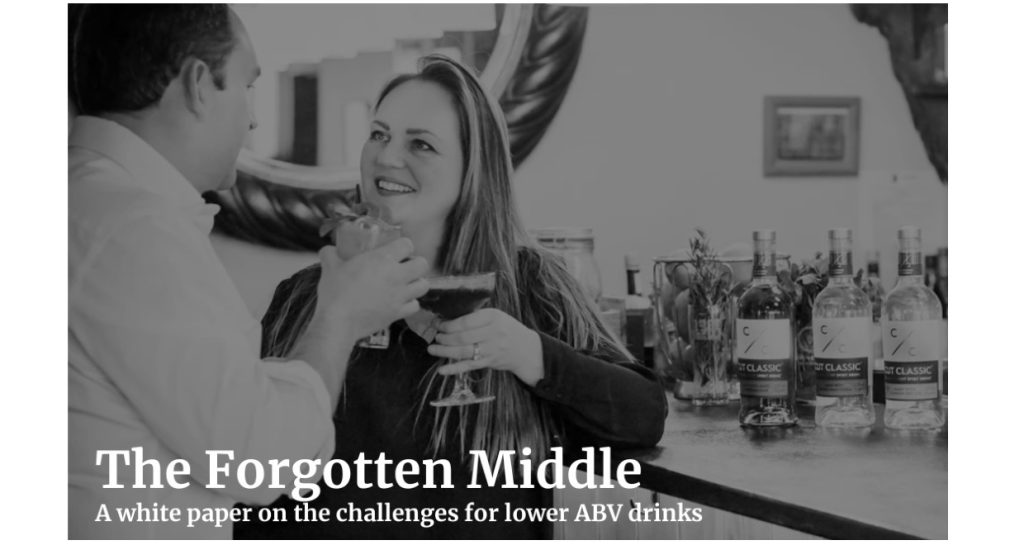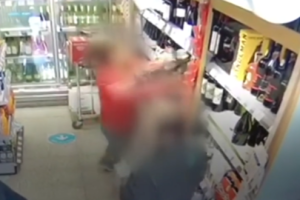The report, from “mindful drinking” specialist Club Soda, calls for greater clarity on the official definitions of ‘alcohol-free’ and ‘lower-strength’.
The white paper highlights:
- There is an opportunity for growth in low-alcohol drinks. However, it is a slowly growing market with data masked by alcohol-free sales.
- This segment’s growth will be hampered until the government finally clarifies what ‘lower-strength’ and ‘alcohol-free’ mean.
- Beer producers and cocktail-led venues will lead the growth of this category, with lower-strength products and alcohol-free spirits vital for supporting the provision of lower-alcohol serves.
Founder of Club Soda Laura Willoughby said: “If moderation is the dominant behaviour of consumers, then it makes sense that they are beginning to think about what they drink when they are drinking alcohol just as much as when they are not.
“We see the growth of low, light, and sessionable drinks beginning to show up in trends and consumer requests, especially in beer and cocktails.”
Anthony O’Connor from light spirits producer Cut Classics, which supported the research, said: “Gin, rum, vodka and other popular spirits have been around for centuries and while their typical ABV has remained strong, the world and society has changed hugely.
“It’s valid to question why we still insist on making spirits at 40% (sometimes considerably more) in a world where alcohol consumption is reducing and advice from governments globally is to reduce the amount you drink.
“It’s time to respond to evolving consumer habits, lifestyles and health concerns.”
Speaking at the launch of the report, Sam Millard, head of innovation at Beavertown Brewery, said: “We need to treat people like adults and offer them the opportunity to reduce alcohol by half rather than seeing it always as a choice between alcohol and alcohol-free.”
Jason Sennitt, co-founder of soon-to-be-launched wine brand 6%, said: “The concept of mid-strength wine feels intuitive and helpful for drinkers, but that descriptor isn’t currently permitted.”
 Talking Retail Grocery and product news for independent retailers
Talking Retail Grocery and product news for independent retailers







Have your say
or a new account to join the discussion.